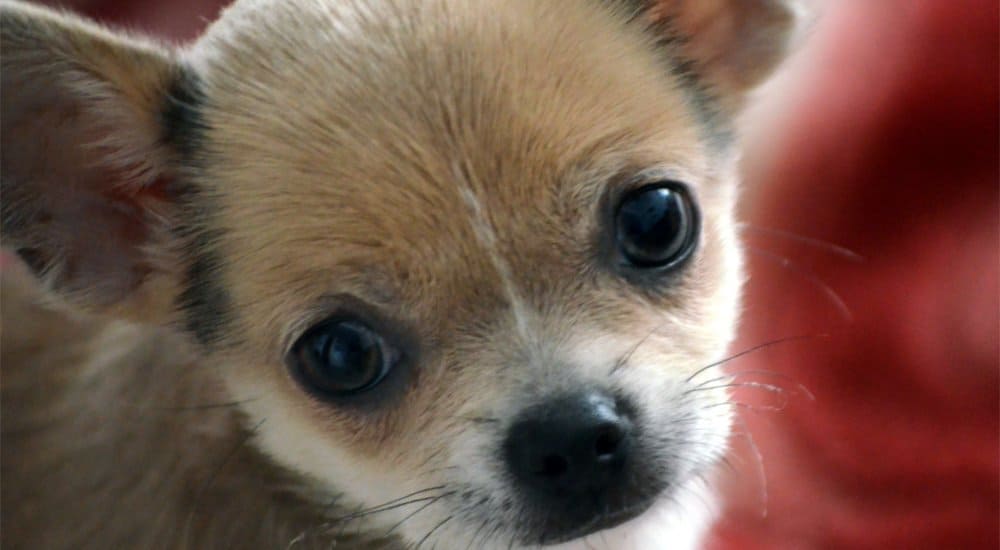
Scientists Discover The Key To Cute Animals
In most cases, attractiveness is subjective. Beauty has been the source of plenty of debates over the years, and on multiple levels; until the world’s brightest minds devise some foolproof set of ratios and rules, then the debates will rage on. In the meantime, there’s an alternative: the code to cuteness may have just been cracked.
The science behind it ties into parental instincts. Attributes called “baby schema” act as triggers in animals, humans included; the sight of big eyes, chubby bodies, and soft bodies — to name a few — activate the motivation center of the brain, which in turn leads to the release of dopamine. As a result, older animals learn to associate that pleasant feeling with animals that look young. A measure like that, inevitably, promotes protective instincts — and by extension, helps keep the children safe.
It’s as much an expression of empathy as it is going gaga over puffy cheeks. Cuteness implies youth, and youth implies helplessness; thanks to that, even those that don’t have blood ties to a young or cute animal can feel a rush of emotions as long as the attributes are there. All told, there’s a sinister layer to cuteness — but it’s forgivable as long as puppy dog eyes stay in top form.



